
Subscribe to our newsletter!
We don't spam. You will only receive relevant and important tips for you and your business.
Unsubscribe anytime.
LinkedIn is not just a professional networking platform, it’s also a source of valuable content and may be an effective way to reach your target audience. There are more than 930 million users on the platform from more than 200 countries and it is home to over 63 million companies. According to LinkedIn, three new members join every second.
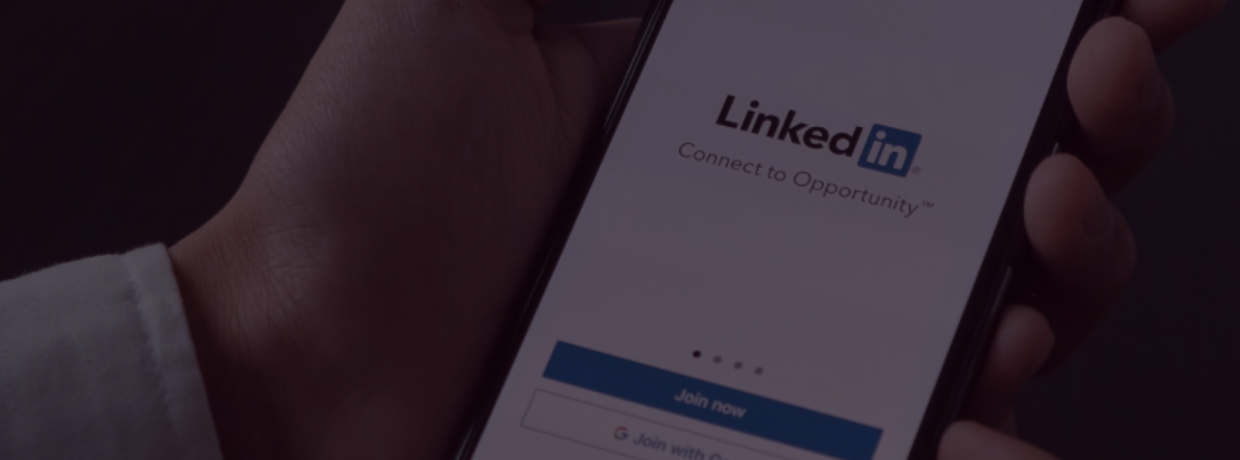
There are many opportunities for small businesses to build connections and market to a large and engaged audience. Small businesses can use LinkedIn to establish credibility, showcase authority, and create meaningful connections with users.
LinkedIn for Small Business is a resource to help business owners succeed on its platform. The action plan is a downloadable PDF file that includes step-by-step guidelines on how to complete your profile, expand your following, and post engaging content.

All of this helps increase your overall brand reputation, authority, and sales.
A LinkedIn Company Page adds an additional layer of legitimacy to your business. Unlike a personal profile, it is a public page that’s visible to all users.
If your LinkedIn account is new or if you don’t have enough connections, you may not be able to set up a Company Page. This means that you first need to build out your profile and expand your network.
To optimize your company profile, fill in all relevant fields, including keywords, pictures, videos, and links to your social media accounts, website, and products or services.
Similar to a Facebook cover photo, customize your banner image to include important messages, logos, contact information, or images.
The “About” section is the first thing a user sees when they land on your Company Page. This is your company’s elevator pitch. Similar to when a user lands on your website, you only have a few seconds to attract their interest. Use this area to tell your story and spark interest in your products and/or services.
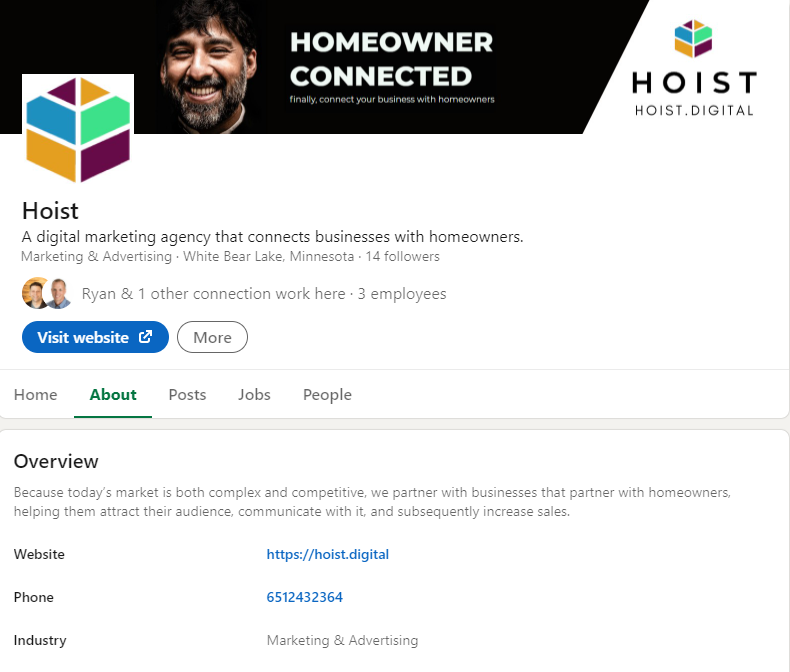
Not only should your Company Page be fully optimized, but you and your employee’s personal profiles should be as well. This gives you a chance to show potential clients the humans of your business and the expertise they hold. Make sure that your employees update their profiles with their current positions and roles. This provides further validation that your business is legit to both LinkedIn and interested users.
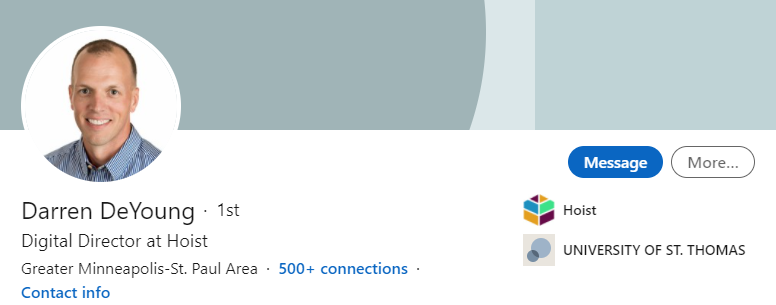
To further your understanding of your audience, LinkedIn provides data on Company Pages, including demographic information about your followers and metrics on each update you post.

When posting updates, some best practices include:

You can import your email address book and select to whom you’d like to send connection requests. To do this, click on the “My Network” tab at the top right of the home page.

Navigate to the menu on the left titled “Manage my network” and click on “Contacts”.
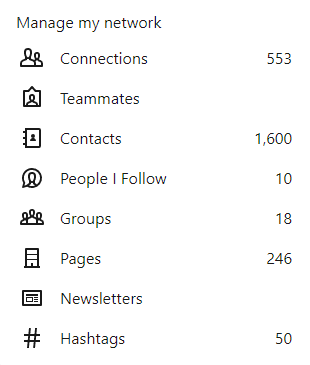
Click on “Add more contacts”
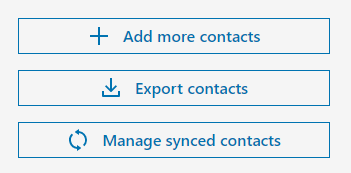
Here you’ll be able to sync your email accounts to import your contacts.

You’ll also see “People you may know” suggestions under the “My Network” tab. LinkedIn suggests users that you may have something in common with, for example, they may live in the same city, have gone to the same school, or work in a similar position to you.

If you’ve explored those options and want to add more connections, you can also search for your connection’s connections.

When you meet people in person, make it a habit to connect with them on LinkedIn. Be sure to add a personalized note with your connection requests to increase your acceptance rate.
You have to give people a reason to want to connect. Be intentional, informational, helpful, consistent, and creative with what you share. LinkedIn is a respectable and professional site. Keep interactions clean and genuinely helpful.
According to LinkedIn, 55% of decision-makers use this content to determine which organizations to work with and 20% of investors say it’s the best platform when you want to learn about a topic.

While you can’t directly post a recommendation to a Company Page, personal recommendations help to build the credibility of the business. In order to earn these recommendations, start by writing a genuine recommendation for someone you’ve worked with based on real experience. Make sure that they, too, have experienced your products or services. Your kindness may result in a recommendation for you, too. Always send a personal thank you message to anyone who writes you a recommendation.
Don’t let new connections fall by the wayside. LinkedIn is an engagement-driven platform, the more you engage, the greater your reach becomes. Participate in discussions, answer questions, like, and comment on the content in your newsfeed.
Though it’s important to participate in conversations, you should only contribute if you have something of value to add. If you don’t have a deeper thought to add, then you’re better off just liking the post and moving on.
Some “experts” may advise you to drop quick comments on posts for exposure. However, commenting “nice” on someone’s post doesn’t add any value and sends the signal that you may not have read the post, don’t have anything important to say, or don’t really care.
LinkedIn has no shortage of people who are only focused on their own interests. Make sure that everything you post, comment on, and share comes from a desire to help your network.
There are many people on LinkedIn who are just looking to make quick connections and will send mass messages to all of their connections. To build a quality relationship, personalize your messages and always address people by name. This lets users know that they’re not just another name on your list and that you actually care about having a valuable conversation.
In all of your communications, you need to show that you care about the people you’re talking to and their unique problems and that you may be someone that can help them solve those problems. If you connect with someone and immediately send them a sales pitch, it sends the signal that you only care about selling to them and not having an actual discussion.
Need to optimize your LinkedIn Company Page?